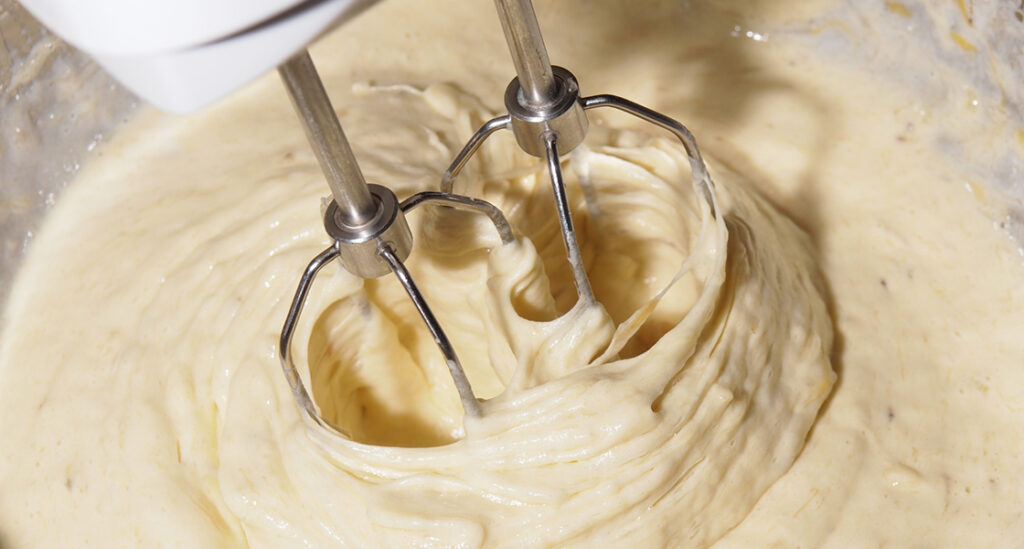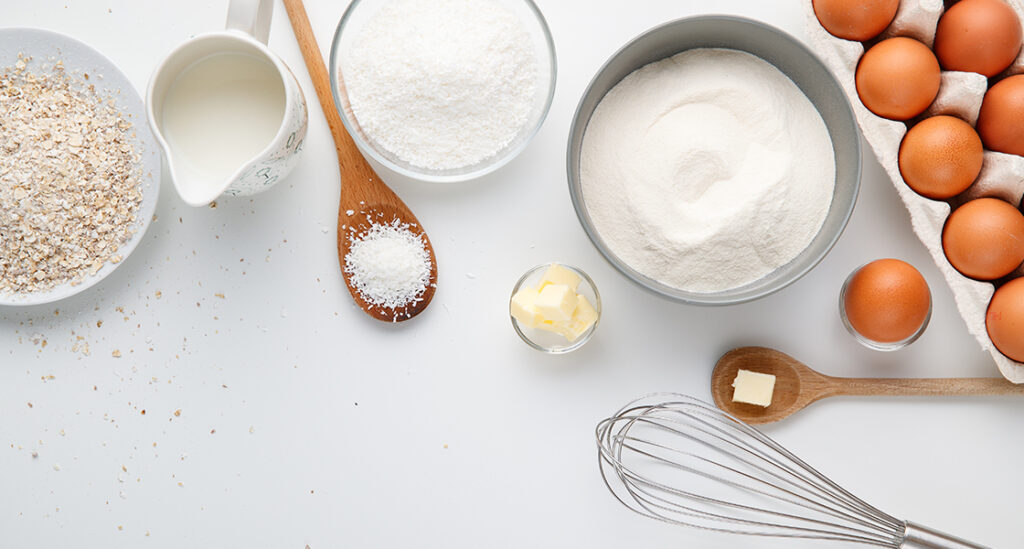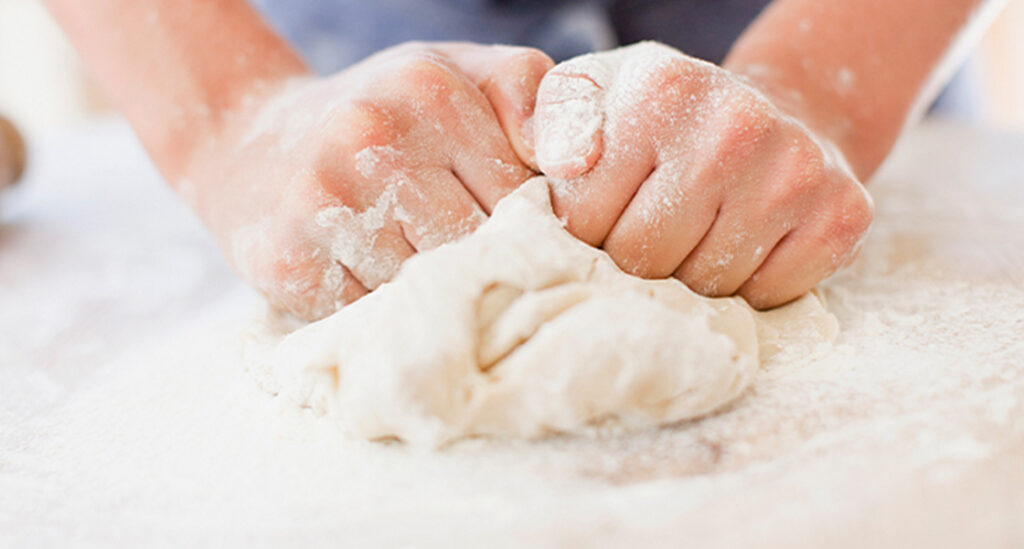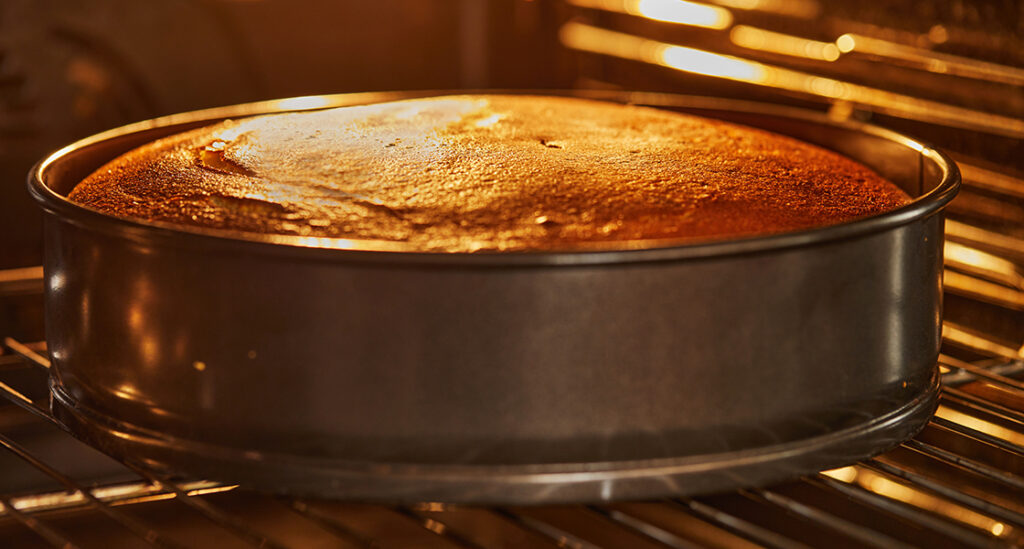Baking cakes can be a rewarding experience, but achieving the perfect light and fluffy texture can sometimes be challenging and even frustrating without the right tools and baking techniques. Whether you’re a seasoned baker or a novice in the kitchen, mastering these techniques can make a world of difference in the outcome of your cakes. With that in mind, let’s dive into these tips that will guide you to baking cakes to moist, tender, and airy perfection.

One of the most common mistakes when baking cakes is overmixing the batter. While it is tempting—even instinctive—to keep stirring until everything looks smooth, excessive mixing can lead to dense cakes. Overmixing develops the gluten in the flour too much, making the cake tougher and less airy. The goal is to achieve an evenly mixed batter, where all the ingredients are combined just enough without overworking it.
To avoid overmixing, try gently folding the flour and other dry ingredients into the wet ingredients using a spatula. This technique helps to maintain the airiness of the batter, which is essential for light and fluffy cakes. Remember, a few lumps in the batter are better than a heavy, dense cake!

Measuring baking ingredients accurately is crucial to cake success. Despite being almost like an artform, a lot of science goes into baking as well, and small discrepancies in the amount of flour, sugar, or liquid can dramatically affect the final product. Invest in a good set of equipment like measuring cups and spoons for dry and liquid ingredients, or better yet, a kitchen scale for precise measurements.
Flour, in particular, should be measured carefully. Too much flour can lead to a dry cake, while too little may cause your cake to collapse. When measuring flour, spoon it into your measuring cup and level it off with the back of a knife. Avoid scooping directly from the bag, as this can pack the flour down, leading to too much flour in your batter.
For those looking for healthier baking options, consider using whole wheat flour or healthier flour alternatives. Whole wheat flour adds more fibre and nutrients to your cake without compromising on taste or texture. However, it can be denser than all-purpose flour, so you may want to use a mix of both for a balance between health and fluffiness.
Learn More: How To Incorporate Wholegrains Into Your Baking

Having the right baking supplies can make all the difference in your cake-making process. From mixing bowls to baking pans, using high-quality equipment ensures even baking and excellent results. The type of pan you use matters. Dark, non-stick pans absorb more heat, leading to quicker browning, while lighter pans give you more control over how quickly your cake bakes.
For the best results, use high-quality baking pans with smooth surfaces. It is also worth investing in sturdy equipment and wholesale baking supplies like flour from trusted companies like Prima Flour if you bake regularly, as these offer both quality and value. Additionally, ensure your mixing tools are clean and dry, as moisture can interfere with the texture of your cake batter.

Temperature is crucial when it comes to baking cakes. Baking at the wrong temperature can lead to undercooked centres, cracked tops, or burnt edges. Always preheat your oven and ensure it reaches the correct temperature before placing your cake inside. Most cake recipes call for a temperature of around 175°C (350°F), but it is always a good idea to check your recipe for specific instructions.
If your oven does not heat evenly, consider rotating your cake halfway through the baking time. This ensures that the cake is exposed to consistent heat from all angles. Using an oven thermometer can also help you monitor the right baking temperature since oven dials can sometimes be inaccurate.
A lower temperature may lead to a denser cake, while baking at too high a temperature can cause the cake to rise too quickly and then collapse. Maintaining the right balance in temperature allows your cake to rise gradually, resulting in a light and fluffy texture.
Baking cakes to light and fluffy perfection is definitely possible if you diligently and faithfully follow the right techniques. As you master these treats, you may even be able to introduce different varieties into your recipe, such as using healthier flour, or experimenting with different flavour combinations. Either way, one of the easiest ways to elevate your baking game is by ensuring that you have the right flour, and where better to get them than at Prima Flour.
Backed by a strong R&D team and international reputation, we offer various kinds of high-quality flour, both pure and premixed, that can help you thrive in whatever baking endeavours you wish to pursue.
To find out more about our flours and what goes into them, please contact us today.